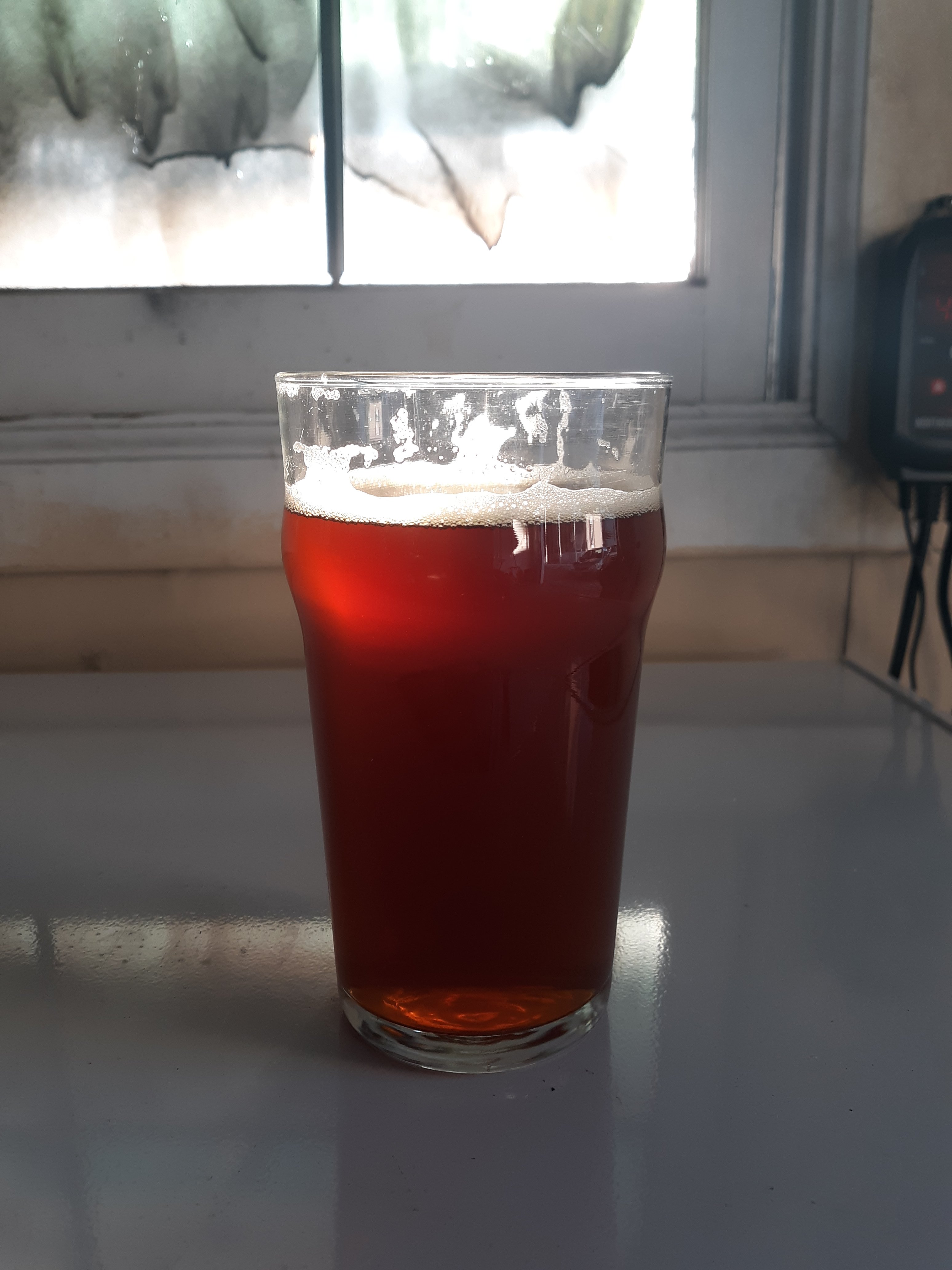- Joined
- Aug 8, 2017
- Messages
- 1,509
- Reaction score
- 1,783
It’s on my bucket list to visit and see Chelsea play at home. Also want to see Manchester United and Liverpool as well!

It’s on my bucket list to visit and see Chelsea play at home. Also want to see Manchester United and Liverpool as well!











![Craft A Brew - Safale S-04 Dry Yeast - Fermentis - English Ale Dry Yeast - For English and American Ales and Hard Apple Ciders - Ingredients for Home Brewing - Beer Making Supplies - [1 Pack]](https://m.media-amazon.com/images/I/41fVGNh6JfL._SL500_.jpg)

Well now I have 3 different opinions from 3 responses - that might tell me that it doesn't much matter!

Per favorite MO: If you've not tried the malt steep method, do it! It is by far the best and easiest method for determining malt character and the results are really surprising.
To the original question, after using floor malted MO (Crisp, Fawcett, Warminster) for years and paying a premium for it, I blind tasted a bunch of different UK malts via hot steep method and found the 1823 Bairds MO had the best mix of clean-malty and honied-biscuity flavors. Many of the other MO floor malts had a wet hay/mushroomy character that was really unpleasant. I now use three UK malts, 1823 MO, Simpsons GP, and Loughran's Irish Pale... great bready, toasty, full flavor...closest I've found to Pauls Mild Malt.
http://blog.brewingwithbriess.com/the-hot-steep-method-step-by-step-instructions/
Loughran's Irish Pale... great bready, toasty, full flavor...closest I've found to Pauls Mild Malt./
Given the choice between these different maris otter malts, which one do you prefer and why?
Crisp No. 19 (I think it'd different from their standard but not sure)
Is the Baird 1823 different from the standard Baird Maris Otter?
My LHBS carries "Baird Maris Otter" but I don't want to get the wrong thing
Err - Warminster?
You'll see from my signature that I've currently conditioning what I've called "Unfair Endeavours with Otters", which happens to be a side-by-side test of different Otters. But it's completely unfair, as Muntons were giving away freebies at BrewCon London, and I happened to have some oldish Fawcett and not so oldish Warminster to hand. But it's been a not total success, not least because I underestimated how well hops (including Endeavour) survive in open packets outside the freezer, so...they're a bit hoppy. I've not had the final beers yet but you could definitely get an idea of where they were going. Yes freshness definitely helps, the Fawcett is nice, the Warminster is a little more complex, Muntons slightly reinforces my prejudice against the big East Anglian maltsters (count Crisp in with that). But we'll wait and see what the final beer is like.
It's worth remembering that the grain for Maris Otter is all controlled by one company, so there's not a huge difference between the source material, although Baird claim to select lower-nitrogen samples for their 1823 range. I think you can justify the difference between floor-malted and not, and between the big East Anglians and not, but after that it's probably a case of what you can get with the best freshness.
It's their premium, floor-malted one, now made at their HQ in Norfolk but formerly at their Gleneagles distilling maltings on Speyside.
1823 is their premium range, but since the price premium is only 10% or so even in the UK, I can imagine that the distinction gets blurred once you've added export costs, and even here I've seen 1823 being sold as simply Bairds.


Looks delicious.
I've been using those polypins with my beer engine and about to "tap" a stout this weekend that has been conditioning for a couple of weeks.
This is my second go at it but how have you been keeping the pressure from occupying the headspace in the polypin? or anyone that uses these? When you just have water in one of these (which I do to flush my beer engine), it collapses on itself and works great. When it is carb'ed, the c02 escapes into the headspace.
I added some books on top of my last one, but looking for a better setup.
What are some of peoples' favorite yeasts for porters and stouts?
...
Thanks all!
I really like safale 04 for this.Wyeast 1028 London Ale.
Hello Everyone,
If you were making a ESB style beer what would you choose for:
1.) Grains
2.) Hops
3.) Yeast
I am an all grain brewer and have not made a english style beer in a long time.
Cheers!


That's a great size for the container... I've only use, and seen, 15 liters containers where I live and it's a bit too big for my needs.


If anybody finds a good recipe for Robinson's Old Tom, let me know. It's a brilliant old ale (or strong mild) clocking at 8.5%. I'd bet it's pretty much pale malt and some invert sugar, maybe a pinch of black malt, though. Some reviews, here: http://www.ratebeer.com/beer/robinsons-old-tom-cask/44577/
Overall, drinking here some of the best typically British beers apart from bitters and pale ales are milds. They tend to be 3.8%-4.5% abv around here, and they have some crystal or dark malts (chocolate or black malt), and almost every single time some darker invert sugar. They don't care much for hops.
If anybody finds a good recipe for Robinson's Old Tom, let me know. It's a brilliant old ale (or strong mild) clocking at 8.5%. I'd bet it's pretty much pale malt and some invert sugar, maybe a pinch of black malt, though. Some reviews, here: http://www.ratebeer.com/beer/robinsons-old-tom-cask/44577/
Overall, drinking here some of the best typically British beers apart from bitters and pale ales are milds. They tend to be 3.8%-4.5% abv around here, and they have some crystal or dark malts (chocolate or black malt), and almost every single time some darker invert sugar. They don't care much for hops.